Video: Why Are Ships Painted Red Below The Waterline?
If you go through the pictures of ships, or if you are lucky enough to see one, you might’ve noticed that most of them are painted red below the waterline. But do you know the reason? Let’s find out then.
Once again, we have to traverse through the pages of navigational history. During the early days of shipping, most of the ships used to be made out of wood.
Wood, being an organic material, had a somewhat porous structure. Combined with slow ship speeds and rough hull, it proved to be an ideal breeding ground for underwater sea life-seaweeds, algae, barnacles as well as worms.
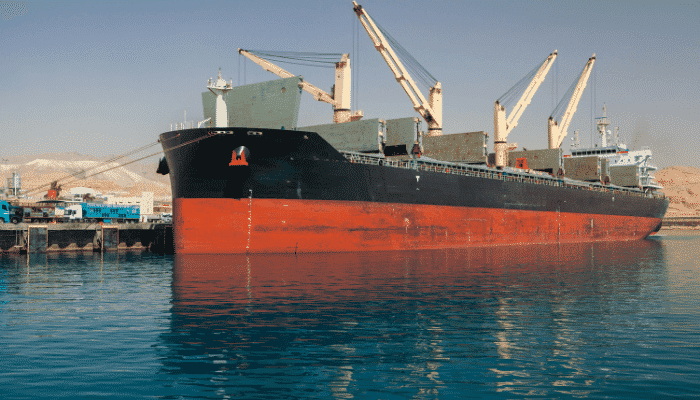
They had a profound effect on the speed of the ship. Damages suffered by the hull due to the growth of marine organisms increased the weight of the ship, increasing drag. Therefore, ship speeds also got affected considerably.
Shipbuilders urgently needed something to counter the immense outgrowth of marine life at the bottom of the hull. This made way for antifouling, an extremely important concern for modern shipbuilders and maritime bodies worldwide.
Antifouling is the science of designing materials as well as coatings to combat the growth of marine life on any submerged body.
The earliest antifouling methods included the placing of copper sheets at the ship hull. The main reason behind the use of the copper sheet was to stop marine organisms, particularly worms, from making their way to the wooden hull.
Fast-forwarding to the modern era, wooden hulls have now been mostly replaced by iron. The worm issue has thus been dealt with. But the issue of drag being caused by marine life still remains. With companies increasingly pressing onto cost-effectiveness to maximize profit, antifouling has emerged as an extremely significant topic for the maritime sector.
However, instead of copper sheets, we use specialized paints nowadays, known as ‘antifouling paint’. This paint works on the same principle as copper sheets, even using copper as a key element as it’s constituents.
Copper oxide has a reddish tinge, thus giving the paint it’s much famous red colour. That is why ships are painted red below the hull.
Tri-Butyl Tin(TBT) had been mainly used as a primary toxin against the growth of marine organisms on the ship’s hull even a few years back. But scientific studies have shown that TBT significantly harms the marine ecosystem.
Therefore, shipbuilders primarily use self-polishing polymers nowadays, also known as self-eroding paint. It increasingly relies on environment-friendly methods.
The paint is also engineered in such a way that it gets removed by water flow. With the ship movement, erosion of the paint takes place, thus providing a fresh layer of toxin for the outgrowth, preventing marine life from breeding on the ship’s hull.
Video Credits: Casual Navigation | BRIGHT SIDE – YouTube
Marine Insight does not own the rights of the video.
Do you have info to share with us ? Suggest a correction
Latest Videos Articles You Would Like:
- Cruise Ship Damaged Due To Severe Weather, Passengers Stuck Abroad
- Archaeologists Examine 19th-Century Shipwreck Found On Canadian Coast
- Australia Stops Livestock Ship From Sailing Around Africa To Israel Amidst Houthi Attacks
- Iran Warns U.S. Of Targeting Cargo Ships Following Latest Airstrikes On Houthis
- Watch: Ukrainian Forces Destroy Russian Missile Boat In Black Sea Operation
- Two Dead After Tragic Collision Between Water Taxi And Passenger Ferry In the Philippines
Subscribe To Our Newsletters
By subscribing, you agree to our Privacy Policy and may receive occasional deal communications; you can unsubscribe anytime.
Web Stories



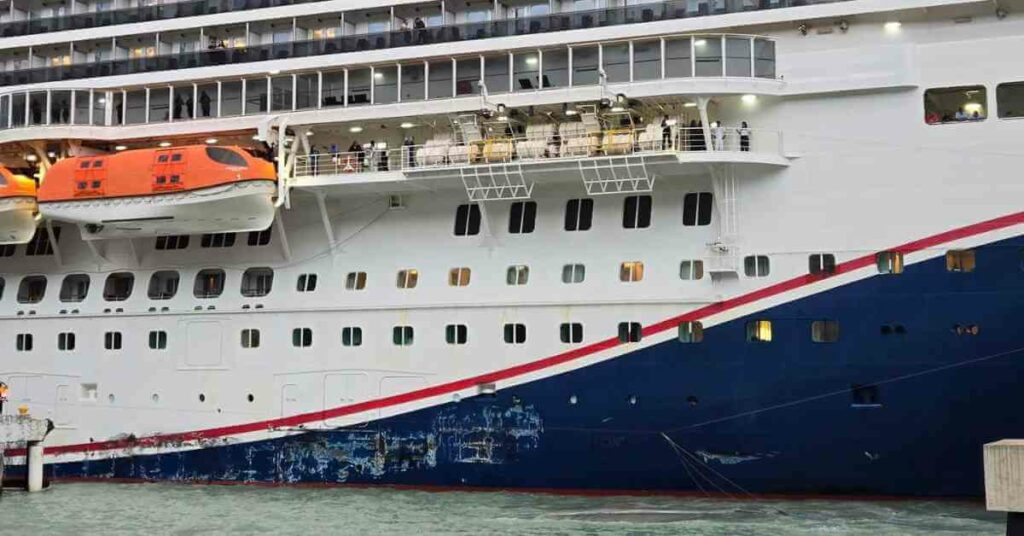
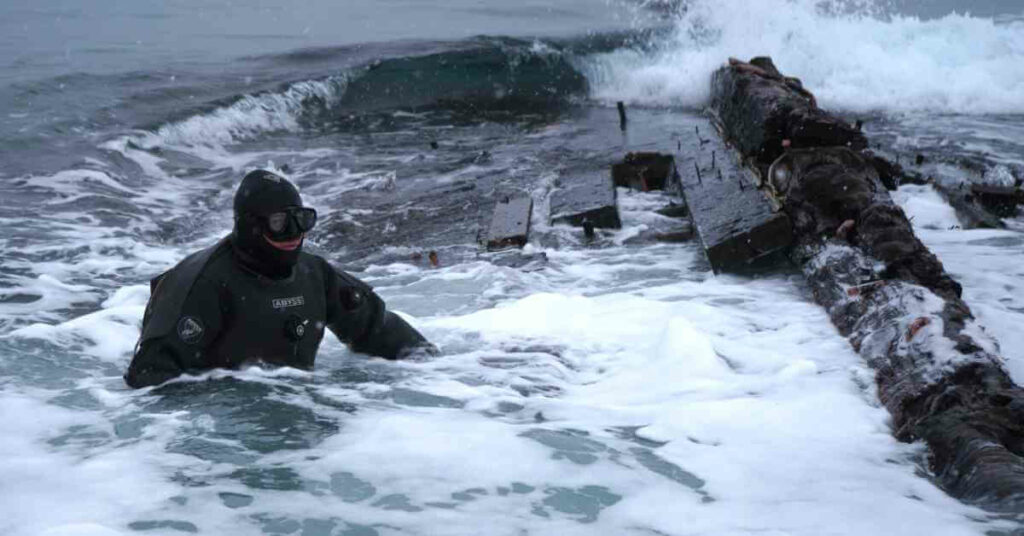
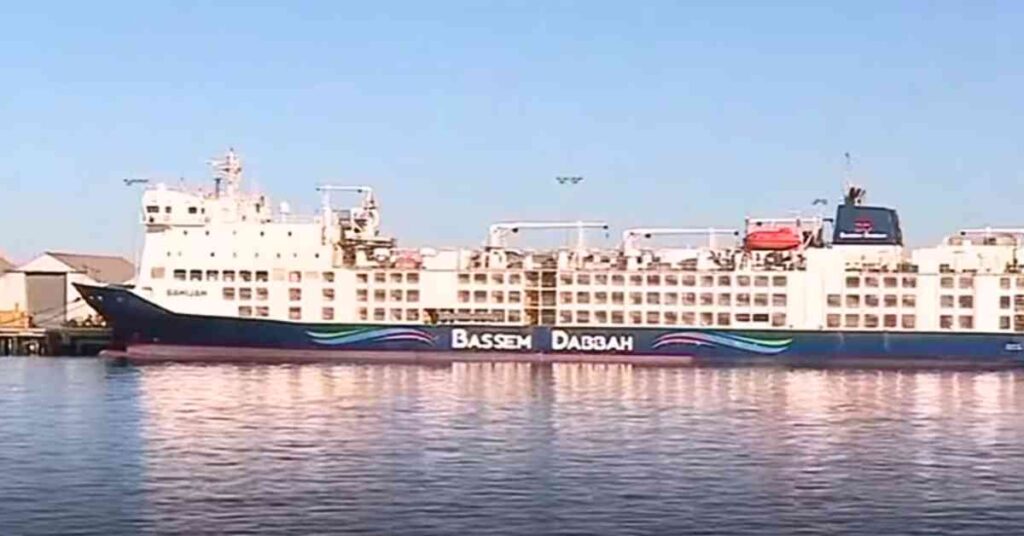




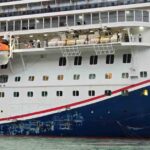








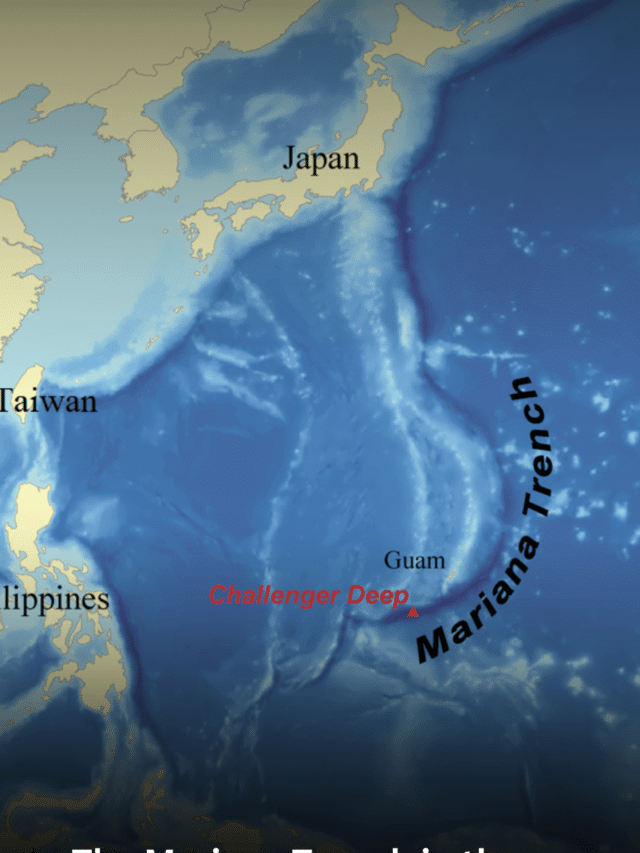
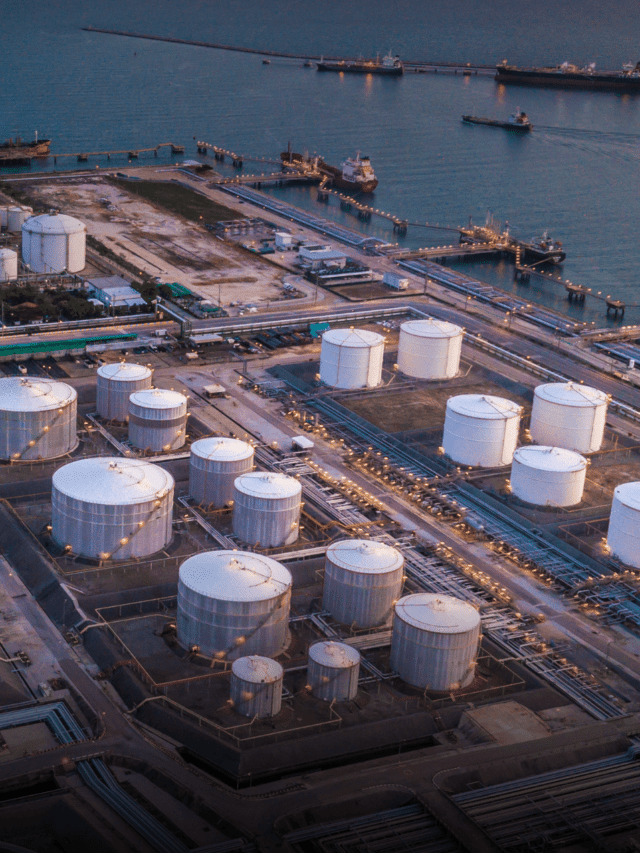
Good video and very fruit full info.